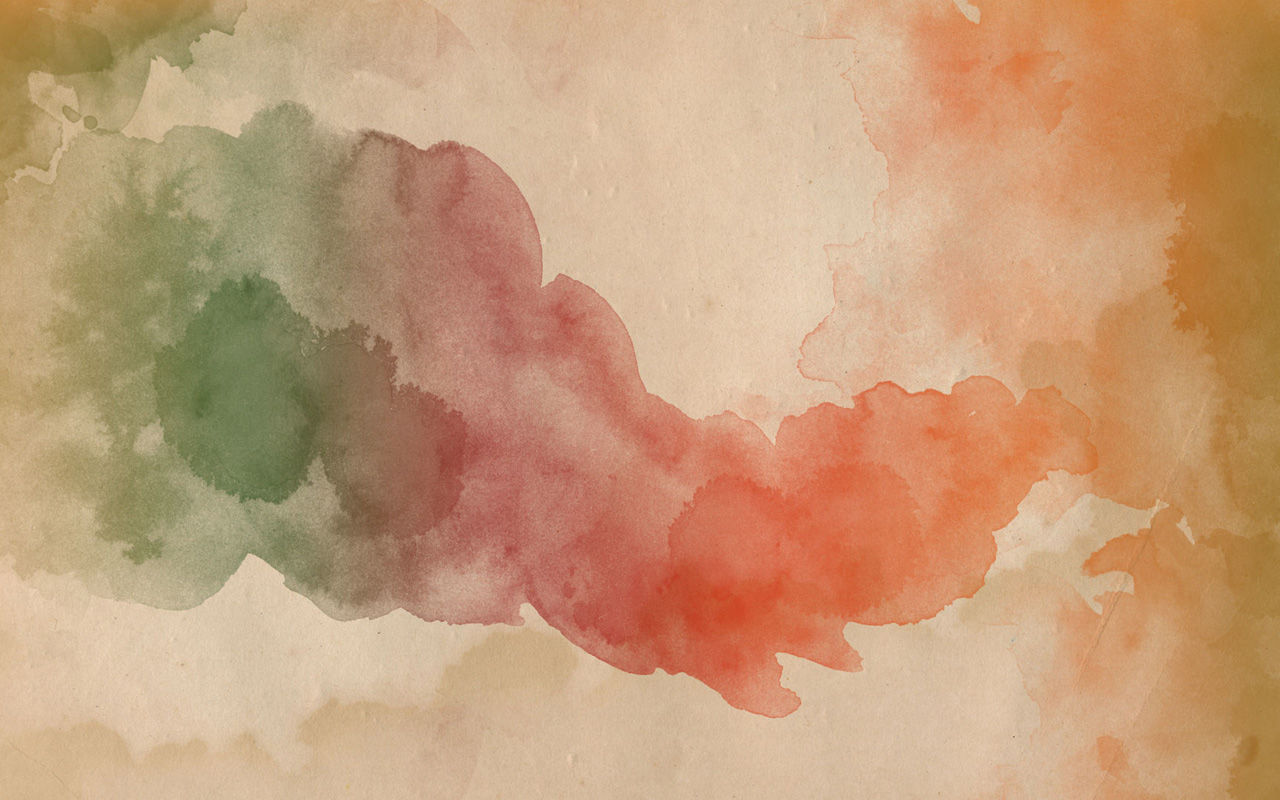It is that time of year again: when most of us get an opportunity to stop and reflect on how mindful we have been to date, especially in terms of our thoughts, words and deeds. Fortunately, I have entered this meditative period from a month spent immersed in all manner of interesting information on how best to strive for inner peace. More specifically from 1 to 10 June, I was glued to a series of talks laid out during the inaugural Hay House Summit; that is, listening to riveting one-hour-each conversations held with the likes of Wayne Dyer, Iyanla Vanzant, Jack Canfield, Lynn A. Robinson, Michael Bernard Beckwith, Caroline Myss, Gregg Braden, Suze Orman, and Deepak Chopra; to name a few. The Summit provided 110-hours on topics such as finding contentment, practicing gratitude and compassion, identifying one’s purpose in life, and other forms of wellbeing.
I listened to over 20 talks and learned a lot that I am still in the process of digesting. Top of that lesson-list is Steve Taylor’s argument that many of us suffer from a serious condition, which he calls “humania.” According to Taylor, in his book Back to Sanity, most people are unhappy, restless or discontented. We often find it challenging to be alone and at peace with ourselves, so fill every moment with all sorts of distractions such as watching television, listening to the radio or music, engaging in phone calls, email correspondence or social media, and other sorts of prattle. Even when we do not have these external diversions, we fill our minds with a lot of personal mind-chatter that is either focused on remembering the past or imagining the future. As a result, we are rarely able to be detached from anxieties or to fully be in the present.
As far as Taylor is concerned much of what we conjure up in our minds is unfortunately negative; hence, the melancholy, agitation and dissatisfaction. For this reason, he advocates that we find ways to create space between our thoughts and feelings in order to heal ourselves from humania. Taylor says that this can be done through meditation and also by practicing gratitude on a daily basis. In addition, he advises us to become more aware of our thoughts, recognizing that they are only fabrications and that we do not need to feed them with our emotions. When we disassociate our feelings from our thoughts, we are less likely to support pessimistic thoughts with words and actions that give them greater weight than they deserve.
Ultimately, Taylor believes that delving into these simple forms of spiritual development will lead us to states of stillness and silence, which for him are pathways to finding the harmony of inner peace. This is why I am now undergoing the laborious task of learning how to still my own mind, which is no easy task since I am a bit of a chatterbox. For me, moving into this reflective month of July will include taking on the discipline of this mindful practice, alongside making the usual daily entries into my gratitude book.

